Economic benefits of protecting nature now outweigh those of exploiting it
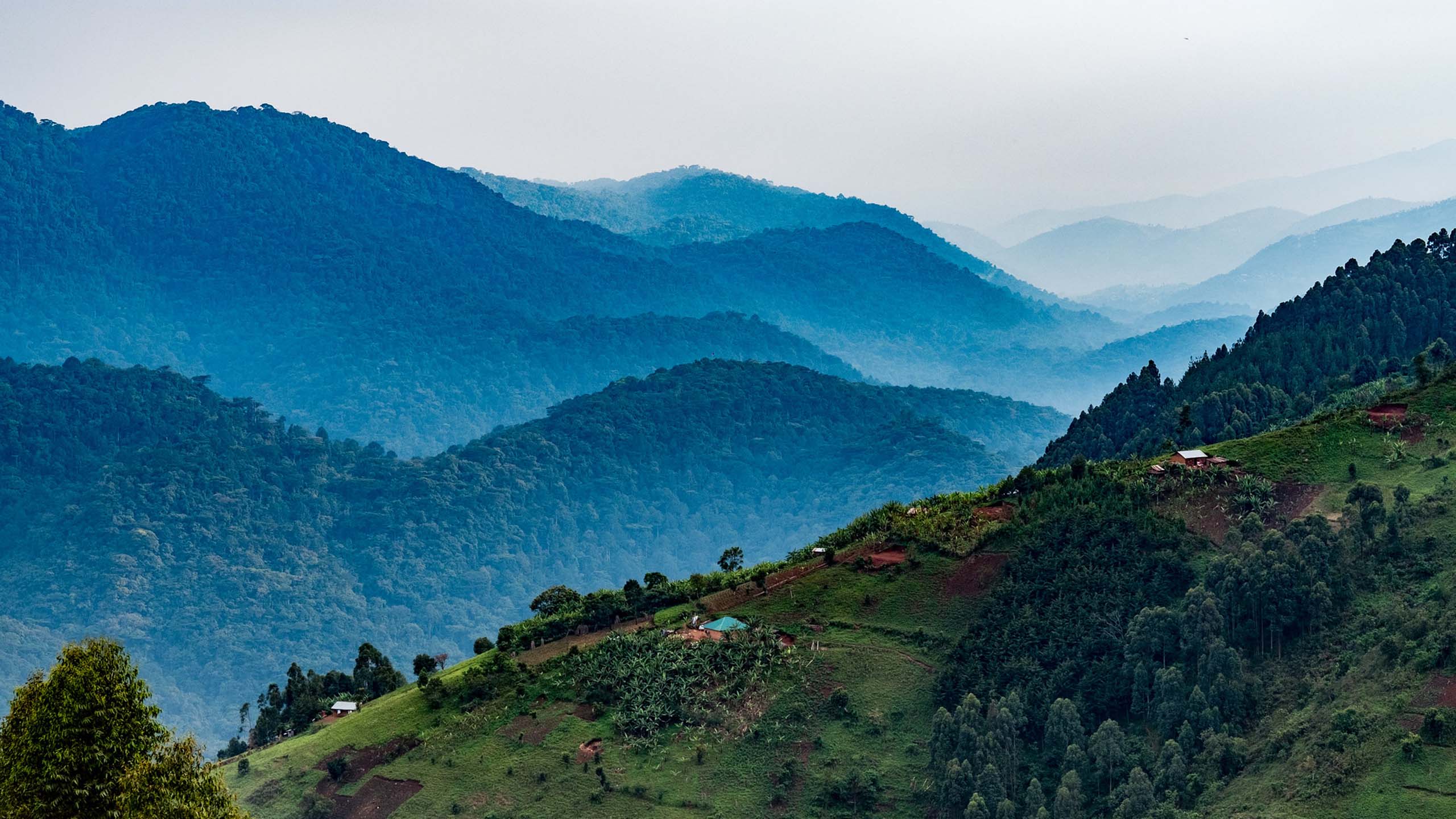
“Even if you are only interested in dollars and cents, we can see that conserving and restoring nature is now very often the best bet for human prosperity”
Professor Andrew Balmford
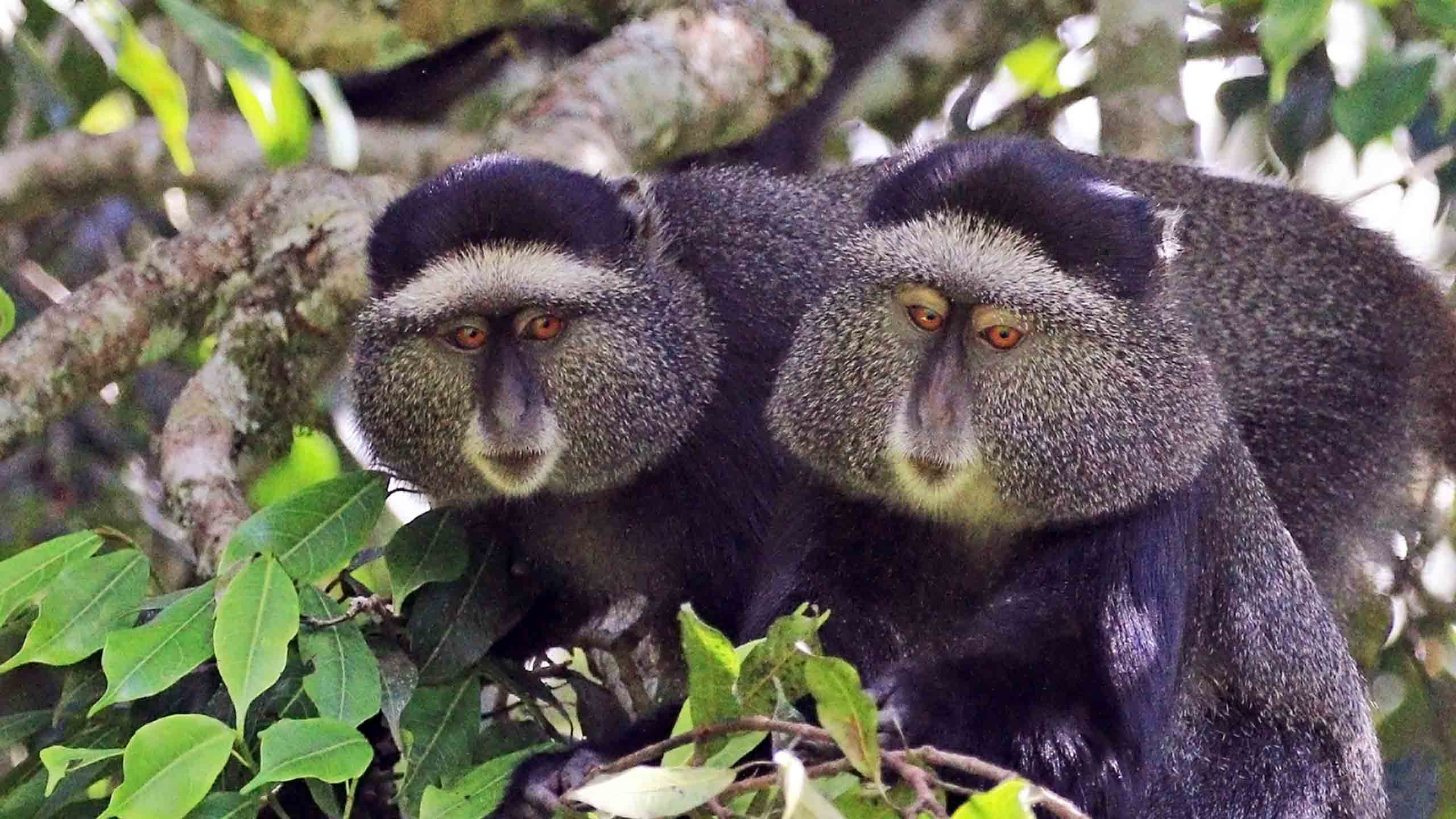
The economic benefits of conserving or restoring natural sites now “outweigh” the profit potential of converting them for intensive human use.
This is according to researchers behind the largest-ever study comparing the value of protecting nature at particular locations with that of exploiting it.
A team led by the University of Cambridge and RSPB as part of the Cambridge Conservation Initiative analysed dozens of sites – from Kenya to Fiji and China to the UK – across six continents.
A previous breakthrough study in 2002 only had information for five sites.
The findings, published in the journal Nature Sustainability, come just weeks after a landmark review by Cambridge Professor Sir Partha Dasgupta called for the value of biodiversity to be placed at the heart of global economics.
For the latest study, scientists calculated the monetary worth of each site’s “ecosystem services”, such as carbon storage and flood protection, as well as likely dividends from converting it for production of goods such as crops and timber.
The team initially concentrated on 24 sites and compared their “nature-focused” and “alternative” states by working out the annual net value of a range of goods and services for each site under each state, then projected the data over the next 50 years.
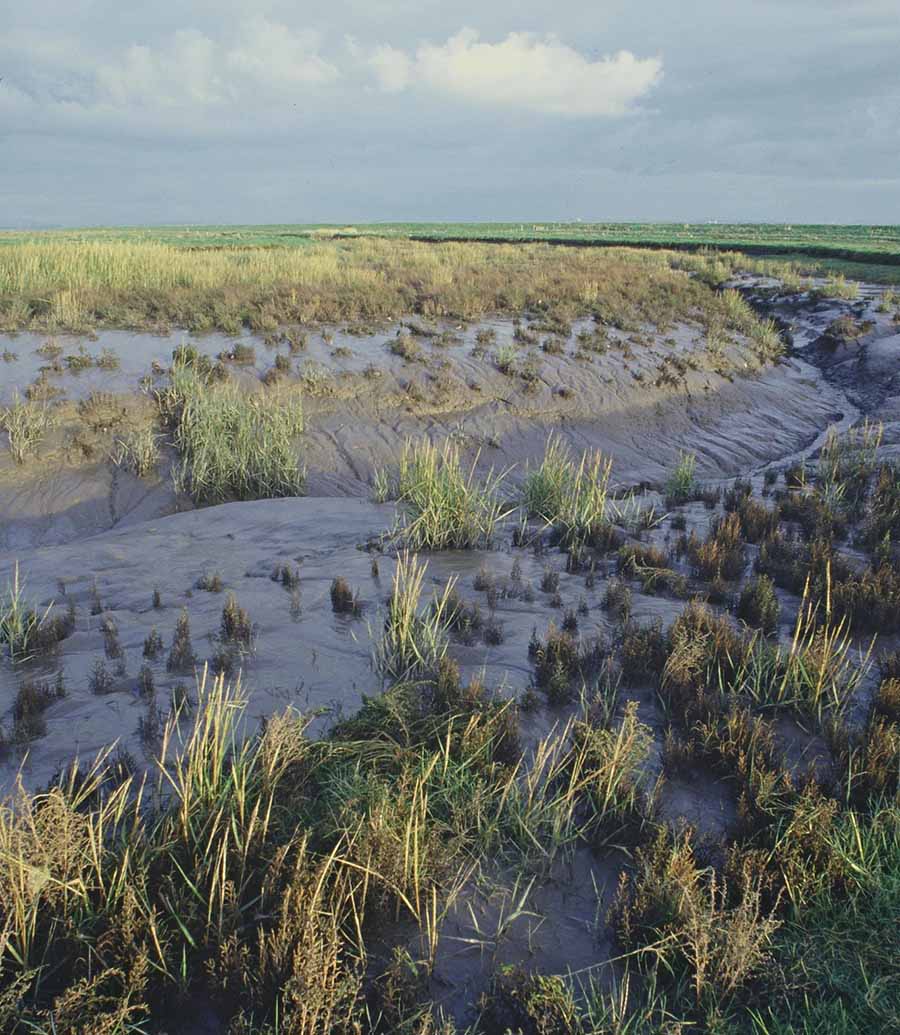
Hesketh Out Marsh, a saltmarsh in North-West England. Researchers calculated each hectare is worth over US$2000 in carbon storage alone.
Hesketh Out Marsh, a saltmarsh in North-West England. Researchers calculated each hectare is worth over US$2000 in carbon storage alone.
A major economic benefit of natural habitats comes from their regulation of the greenhouse gases driving climate change, including the sequestration of carbon.
Assuming each tonne of carbon carries a cost of $31 to global society – a sum many scientists now consider conservative – then over 70% of the sites have greater monetary value as natural habitats, including 100% of forest sites.
If carbon is assigned the paltry cost of $5 a tonne, 60% of the sites still provide greater economic benefit when unconverted or restored to natural habitats.
Even if carbon is removed completely from calculations, researchers found that almost half (42%) of the 24 sites are still worth more to us in their natural form.
“Stemming biodiversity loss is a vital goal in itself, but nature also fundamentally underpins human wellbeing”
Dr Richard Bradbury
Andrew Balmford, Professor of Conservation Science at Cambridge and senior author of the research, said: “Current rates of habitat conversion are driving a species extinction crisis unlike anything in human history.”
“Even if you are only interested in dollars and cents, we can see that conserving and restoring nature is now very often the best bet for human prosperity. The findings echo at an operational scale the overall conclusions drawn by the Dasgupta Review,” he said.
Lead author Dr Richard Bradbury from the RSPB, and honorary fellow at the University, said: “Stemming biodiversity loss is a vital goal in itself, but nature also fundamentally underpins human wellbeing.
“We need nature-related financial disclosure, and incentives for nature-focused land management, whether through taxes and regulation or subsidies for ecosystem services.”
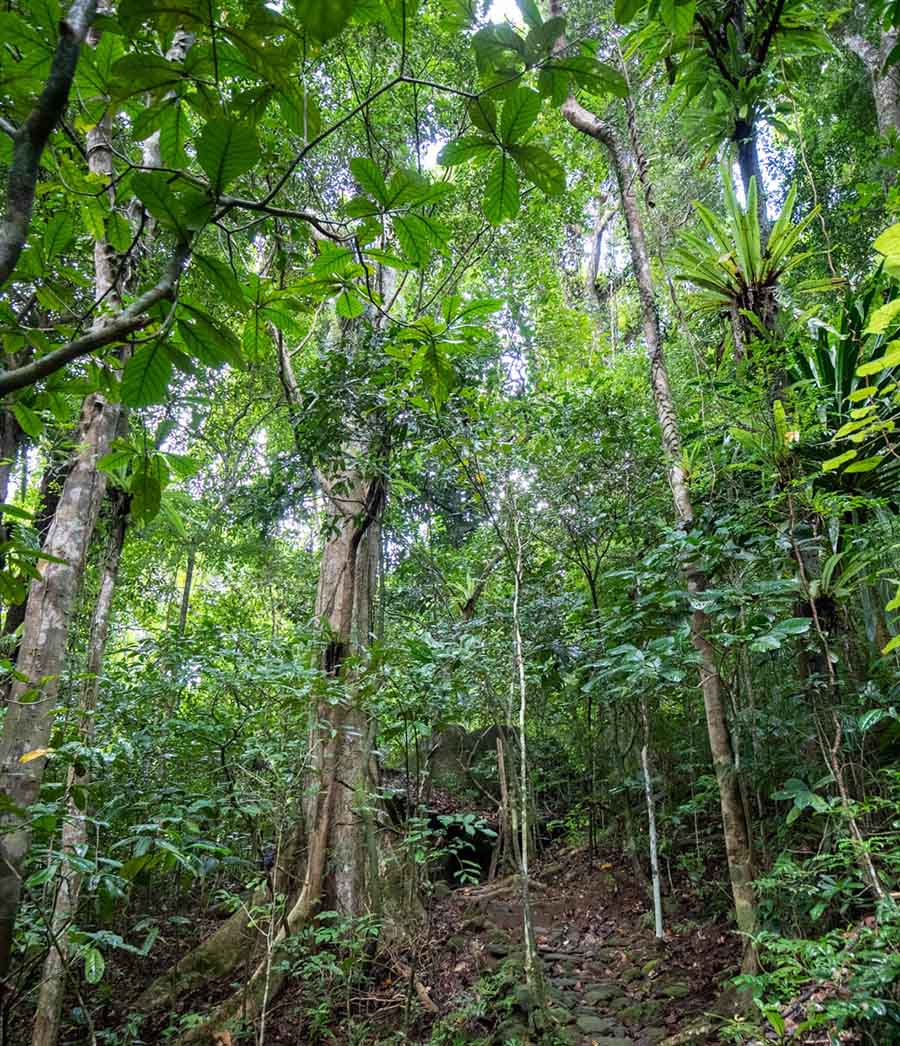
The Mangabe Forest in Madagascar, where a team of researchers measured the 'ecosystem services' provided by nature.
The Mangabe Forest in Madagascar, where a team of researchers measured the 'ecosystem services' provided by nature.
A decade ago, the scientists devised TESSA (Toolkit for Ecosystem Service Site-based Assessment), enabling users to measure and where possible assign a monetary value to services provided by a site under nature – clean water, nature-based recreation, crop pollination, and so on – and when it is converted for farming or other human uses.
The new study synthesises results from 62 applications of TESSA around the world: 24 sites with relatively detailed economic data, and a further 38 with enough data to gauge whether services would increase or decrease following conversion of the site.
Most sites were either forest or wetland. For natural habitats, researchers looked at similar near-by locations where conversion had occurred, and compared economic outputs – including those driving the conversion – in both areas.
At sites already “modified” by humans, existing outputs were compared to the value if the site was restored to nature.
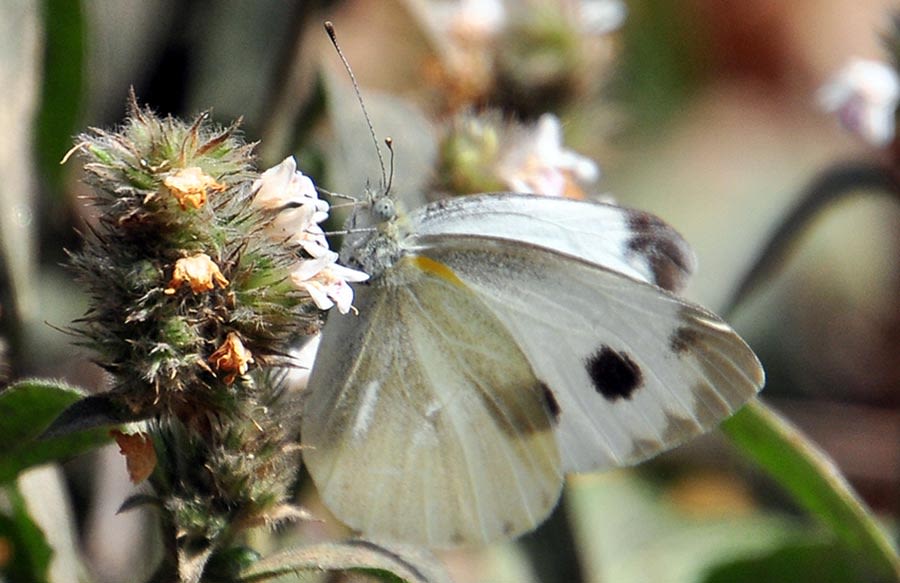
An Indian cabbage white butterfly in the Shivapuri-Nagarjun National Park outside Kathmandu in Nepal. Pollinators such as butterflies provide a vital ecosystem service for crop production.
An Indian cabbage white butterfly in the Shivapuri-Nagarjun National Park outside Kathmandu in Nepal. Pollinators such as butterflies provide a vital ecosystem service for crop production.
For example, scientists using TESSA discovered that if Nepal’s Shivapuri-Nagarjun National Park lost its protection and was converted from forest to farmland, it would cut carbon storage by 60% and reduce water quality by 88%, along with other costs, leaving an $11m a year deficit.
TESSA also revealed that Hesketh Out Marsh – a saltmarsh near Preston, UK – is worth over $2000 per hectare annually in emissions mitigation alone, outweighing any forgone income from crops or grazing.
In fact, conserved or restored habitats were strongly associated with greater overall “net present value” in 75% of the 24 main sites when compared with their human-dominated alternative state.
Researchers also divided goods and services into those that are a common resource and the “private and toll” goods of benefit to only a few people. The value of common goods was greater for natural habitats in 92% of the 24 sites.
Habitats even provided greater economic benefits in terms of some private goods – e.g. harvested wild plants – in 42% of the main sites.
“People mainly exploit nature to derive financial benefits. Yet in almost half of the cases we studied, human-induced exploitation subtracted rather than increased economic value,” said study co-author Dr Kelvin Peh of the University of Southampton.
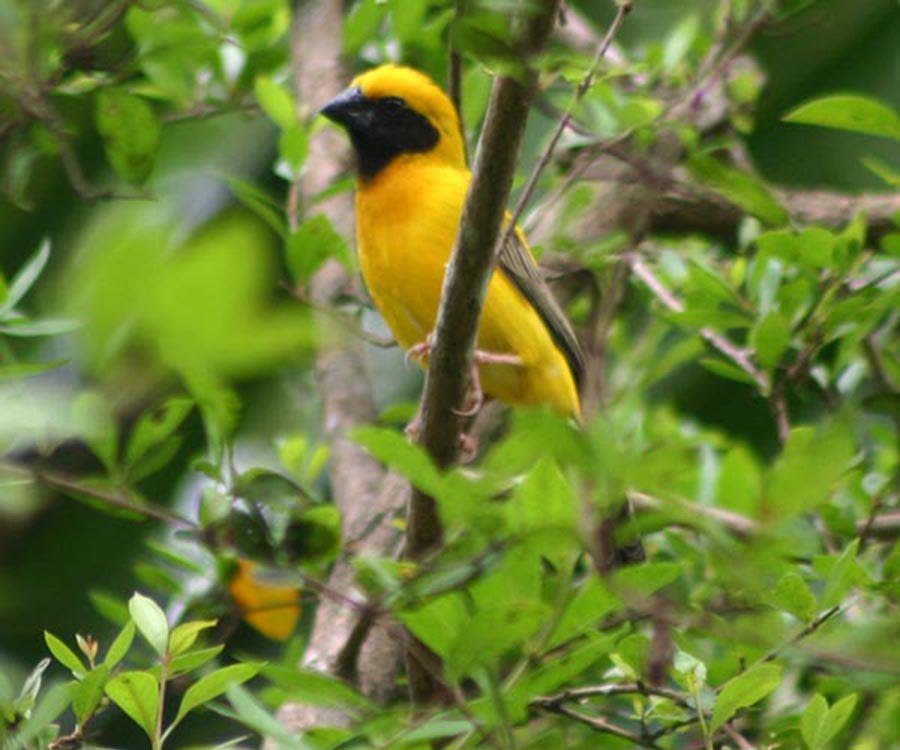
A male Asian Golden Weaver bird photographed in Myanmar's Moeyungyi Wetland, one of the sites for which researchers produced an economic valuation.
A male Asian Golden Weaver bird photographed in Myanmar's Moeyungyi Wetland, one of the sites for which researchers produced an economic valuation.
Where economic gains from private goods were higher in the human-modified alternative state, it was from high price “commodity crops” such as cereal and sugar.
However, in many sites currently suffering degradation caused by farming rubber, tea and cocoa, overall financial value would be higher if they had stayed as natural habitats.
For the remaining 38 sites with limited data, overall provision of all goods and services was greater when sites were in the natural state for 66% of them, and at least equal with the alternative state in the rest.
Results for the best-studied sites are likely to be conservative, say scientists. Many ecosystem services were not easily evaluated economically, yet data across all 62 sites shows they were typically delivered at a much higher level by natural habitats. Taking their value into consideration would “make the economic case for conservation overwhelming.”
Study co-author Anne-Sophie Pellier from BirdLife International added: “Our results add to evidence that conserving and restoring key biodiversity areas makes sense not only to safeguard our natural heritage, but also by providing wider economic benefits to society.”
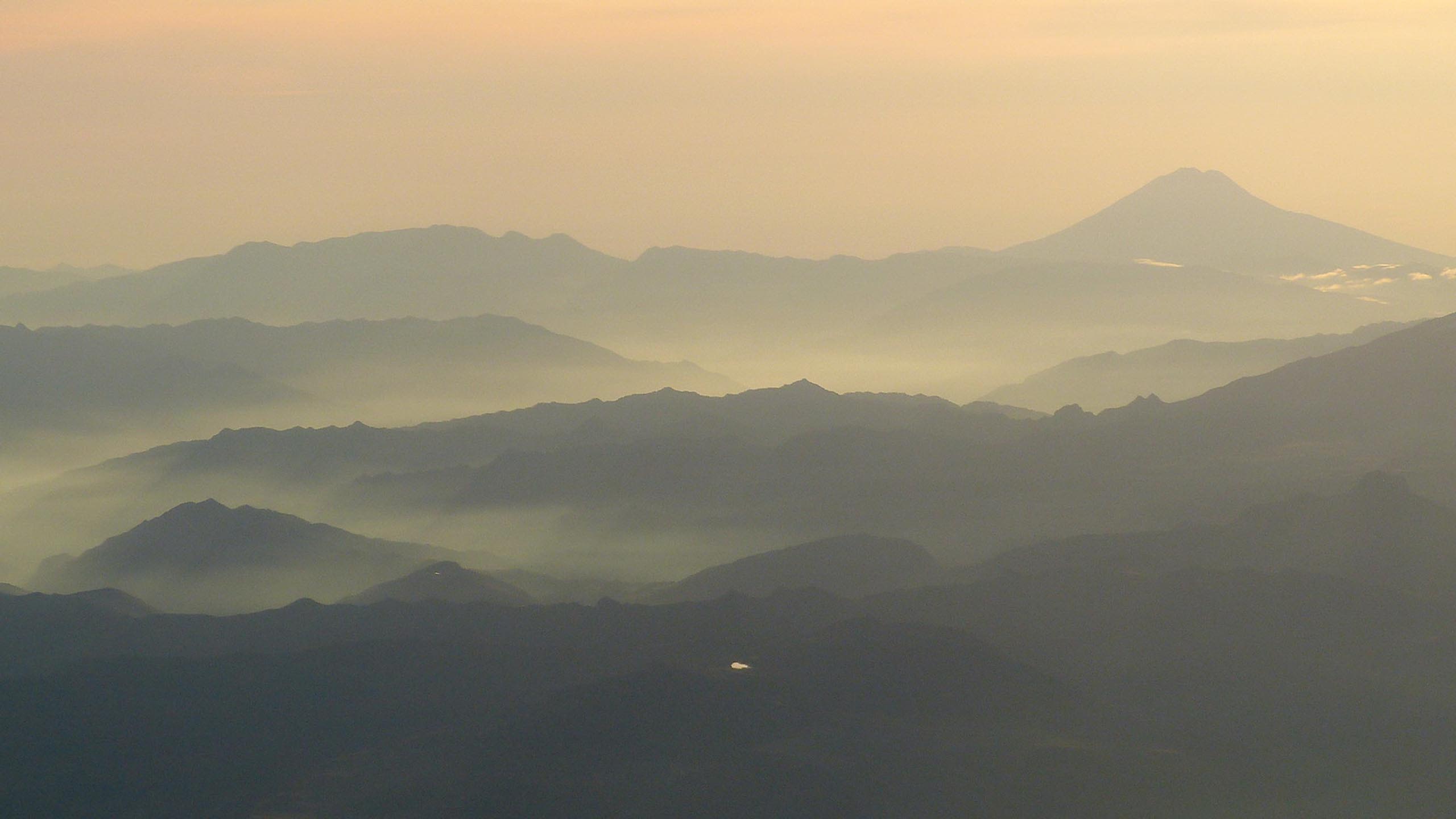
Images:
Top: The forested hills behind are the start of Bwindi Impenetrable National Park. Jason Houston for USAID.
First inset: Blue monkeys (Cercopithecus mitis stuhlmanni), Kakamega Forest, Kenya. Sharp photography.
Second insert: Hesketh Out Marsh - Ribble Estuary. Credit: Natural England.
Third inset: Nosy Mangabe Forests, Madagascar. Credit: Christian Wittmann.
Fourth inset: Indian cabbage white butterfly in Shivapuri-Nagarjun National Park. Credit: Rachid H.
Fifth inset: Asian Golden Weaver - Male (Ploceus hypoxanthus) - taken at the Moeyungyi Wetland Wildlife Sanctuary, Bago, South Myanmar. Credit: Thet Zaw Naing.
Bottom inset: Ecuador's Llanganates mountains from the air, with Tungurahua volcano on horizon. Credit: Andrew Neild.
